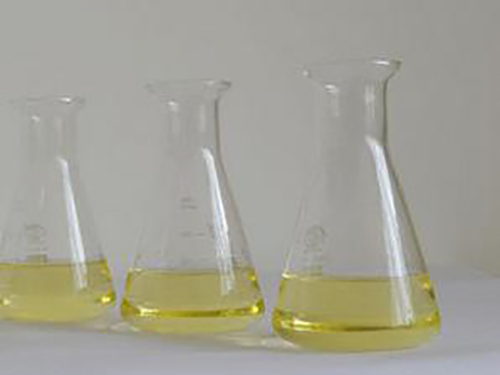oit isothiazolinone
Understanding OIT Isothiazolinone Applications, Risks, and Regulations
OIT, short for Octylisothiazolinone, is a chemical compound belonging to the isothiazolinone family, which is widely recognized for its antifungal and antibacterial properties. This compound has gained considerable attention in various industries due to its efficacy in preserving products and extending their shelf life. However, its use has also raised concerns regarding health and environmental impacts, prompting discussions about regulations and safety assessments.
Chemical Composition and Properties
Octylisothiazolinone is characterized by its heterocyclic structure, which includes a thiazole ring. This unique structure allows OIT to function effectively as a preservative in a variety of applications including paints, coatings, and personal care products. It operates by inhibiting microbial growth, thereby preventing spoilage and maintaining the integrity of formulations.
One of the main advantages of OIT is its effectiveness even at low concentrations. This characteristic makes it a popular choice among manufacturers who are seeking to minimize costs while ensuring product stability. OIT is typically used in combination with other preservatives to enhance efficacy and broaden the spectrum of antimicrobial activity.
Applications of OIT
OIT is predominantly used in industrial applications, notably in the production of paints, coatings, adhesives, and various cosmetic products. In the coatings industry, it helps to prevent the growth of mold and bacteria, which can damage surfaces and diminish the performance of the coatings. In personal care, OIT acts as a preservative in products such as lotions, shampoos, and creams, where it serves to extend shelf life and ensure safety for consumers.
Moreover, OIT has found its way into the agricultural sector as a biocide in certain formulations, aiding in the protection of crops from microbial deterioration. Its versatility and effectiveness have solidified its role as a crucial ingredient in various formulations across multiple sectors.
Health and Environmental Concerns
oit isothiazolinone

Despite its benefits, the use of OIT is not without controversy. Scientific studies have raised concerns about the potential health risks associated with exposure to isothiazolinones. Skin sensitization is one of the most significant issues; OIT has been linked to allergic reactions in some individuals, emphasizing the need for caution in its application, especially in consumer products.
Additionally, OIT poses potential risks to aquatic organisms. Studies have indicated that it can be harmful to fish and other wildlife when released into natural water systems, raising alarms about its environmental impacts. As a result, regulatory agencies worldwide are scrutinizing its use and imposing restrictions to mitigate these risks.
Regulatory Landscape
There has been an increasing regulatory response to the application of OIT and other isothiazolinones. Agencies such as the European Chemicals Agency (ECHA) and the U.S. Environmental Protection Agency (EPA) closely monitor the use of these compounds. In many jurisdictions, the permissible concentrations of OIT in consumer products are strictly controlled to protect public health and the environment.
In the European Union, for example, certain limits have been established regarding the use of OIT in cosmetic products, reflecting an ongoing effort to balance the benefits of effective preservatives with the potential risks they pose. Manufacturers are now encouraged to explore alternative preservatives or to implement rigorous safety assessments to demonstrate the safety of their formulations.
Future Perspectives
As consumer awareness regarding health and environmental issues grows, the demand for safer and more sustainable preservation methods is likely to increase. This may drive innovation in the development of new preservatives or encourage the reformulation of existing products. Furthermore, ongoing research into the ecological impacts of isothiazolinones like OIT will help guide regulatory decisions and shape future industry practices.
In conclusion, OIT isothiazolinone serves as a powerful tool in various industrial applications, but it comes with inherent risks that necessitate careful considerations. Striking the right balance between efficacy and safety will be crucial as industries move forward in an increasingly health-conscious and environmentally aware landscape. The ongoing dialogue between scientists, manufacturers, regulators, and consumers will help to navigate the complexities of using compounds like OIT, ensuring that benefits can be harnessed responsibly.
-
Water Treatment with Flocculant Water TreatmentNewsJun.12,2025
-
Polymaleic AnhydrideNewsJun.12,2025
-
Polyaspartic AcidNewsJun.12,2025
-
Enhance Industrial Processes with IsothiazolinonesNewsJun.12,2025
-
Enhance Industrial Processes with PBTCA SolutionsNewsJun.12,2025
-
Dodecyldimethylbenzylammonium Chloride SolutionsNewsJun.12,2025





